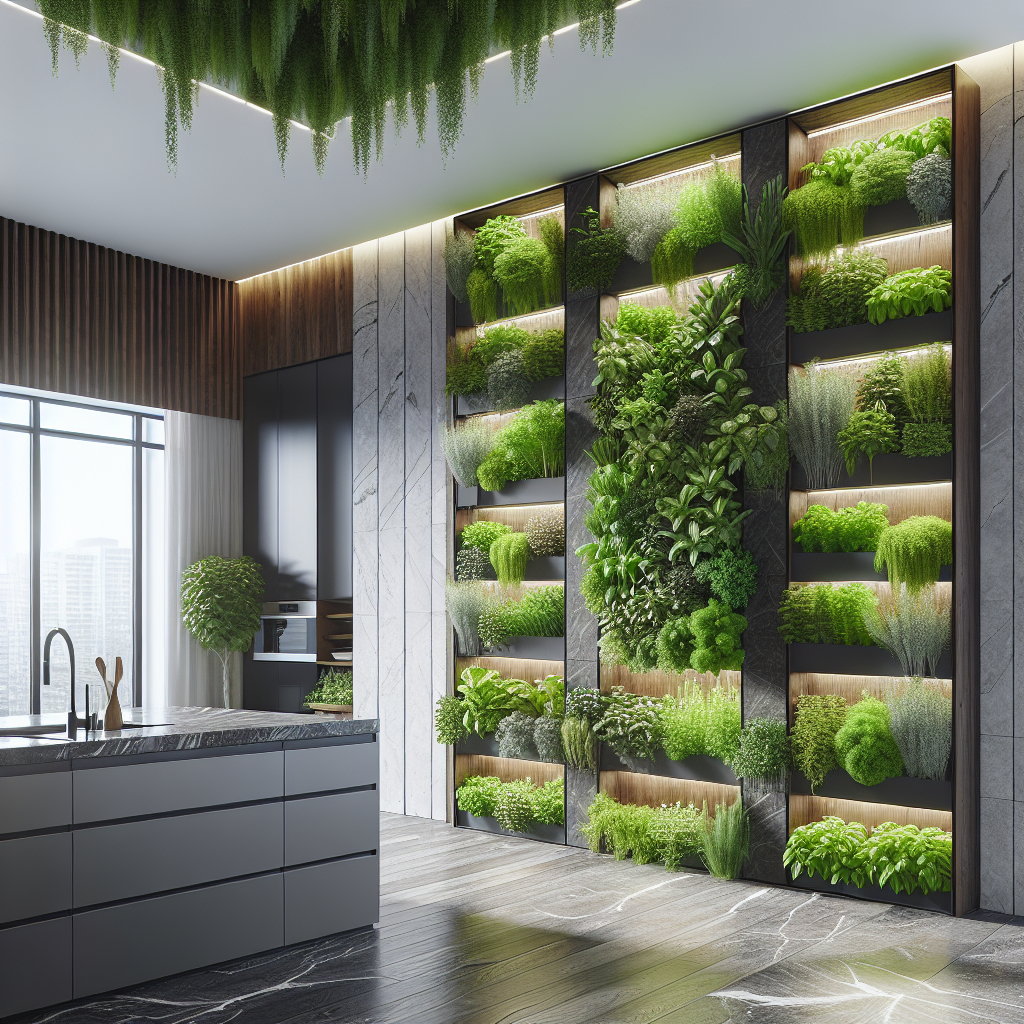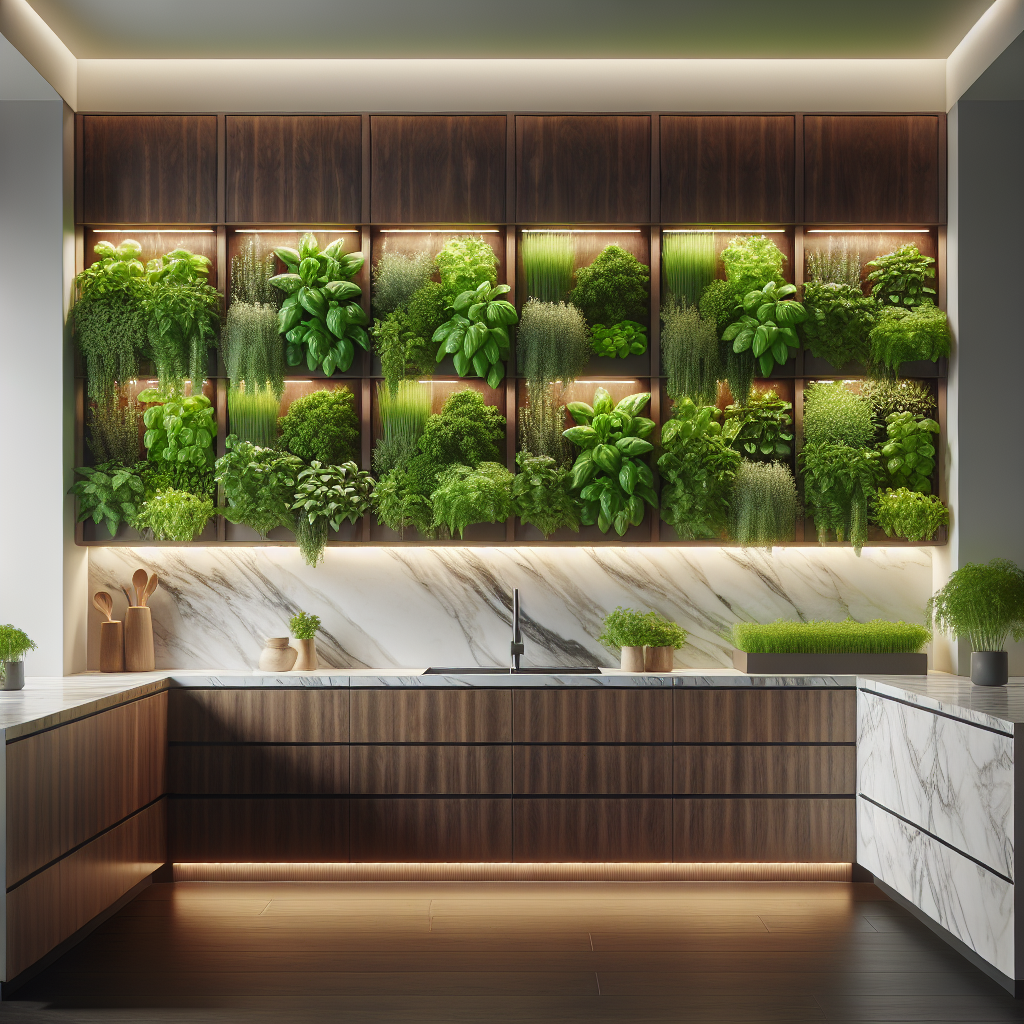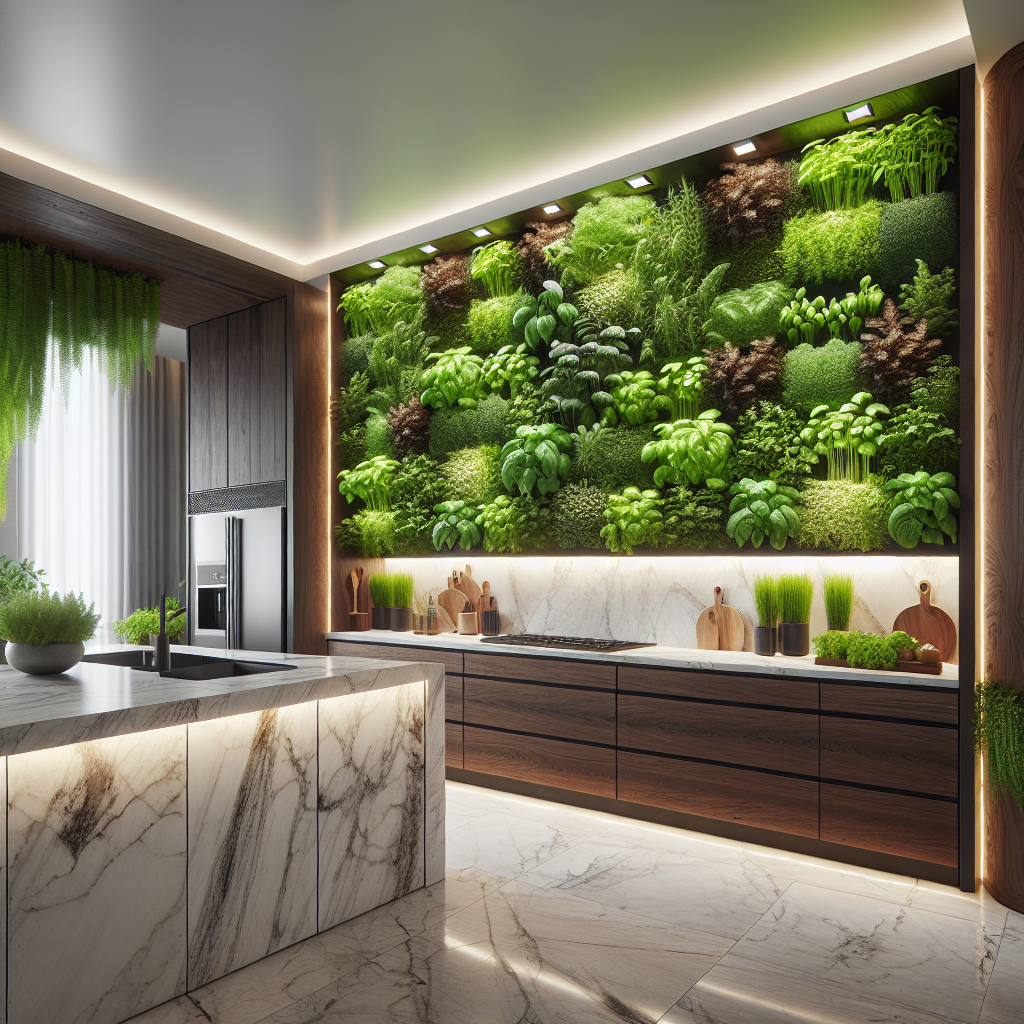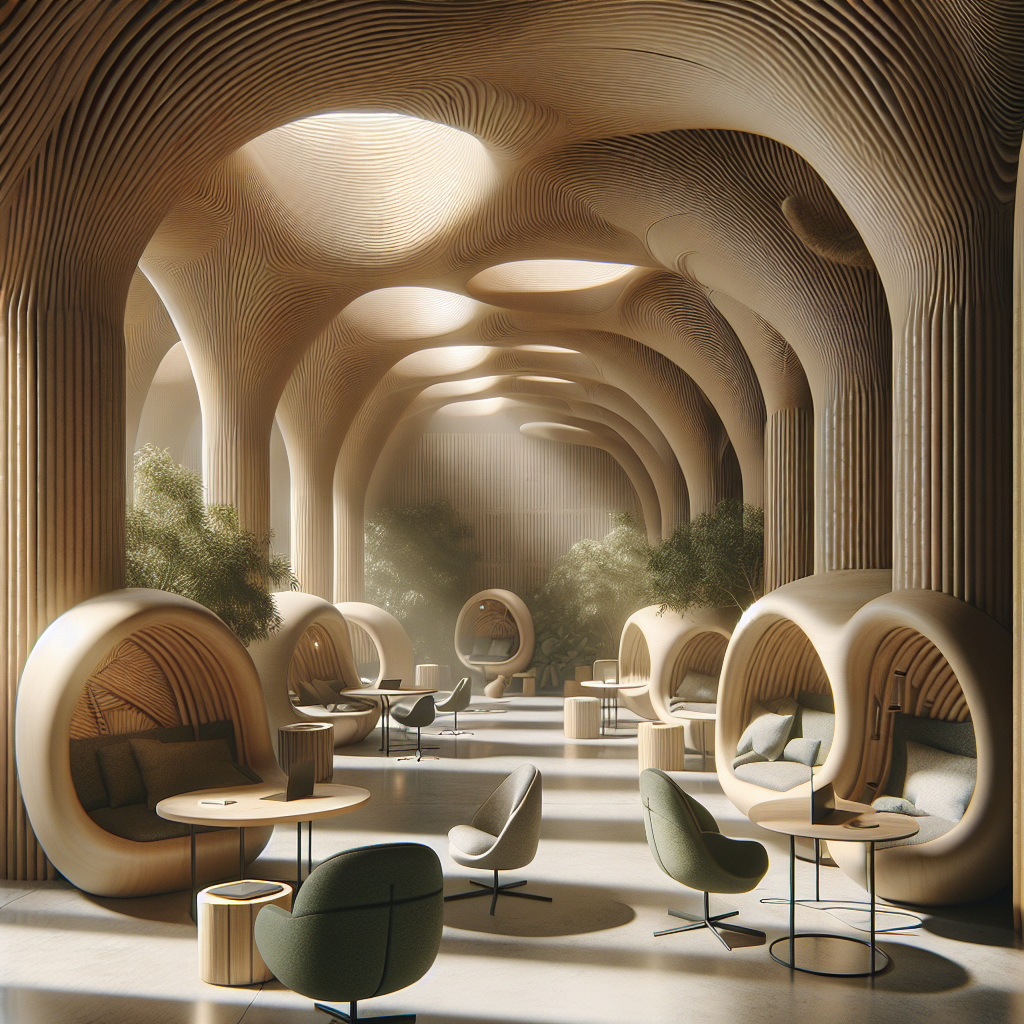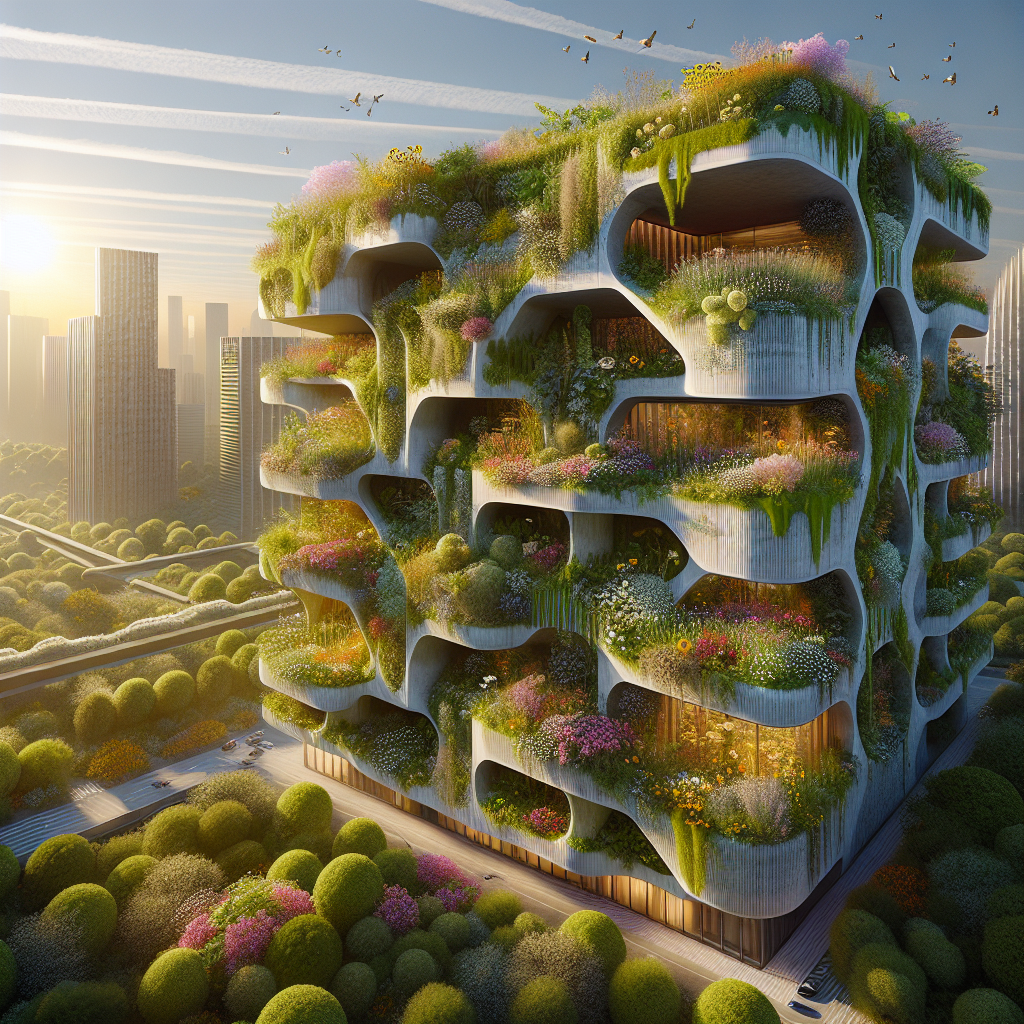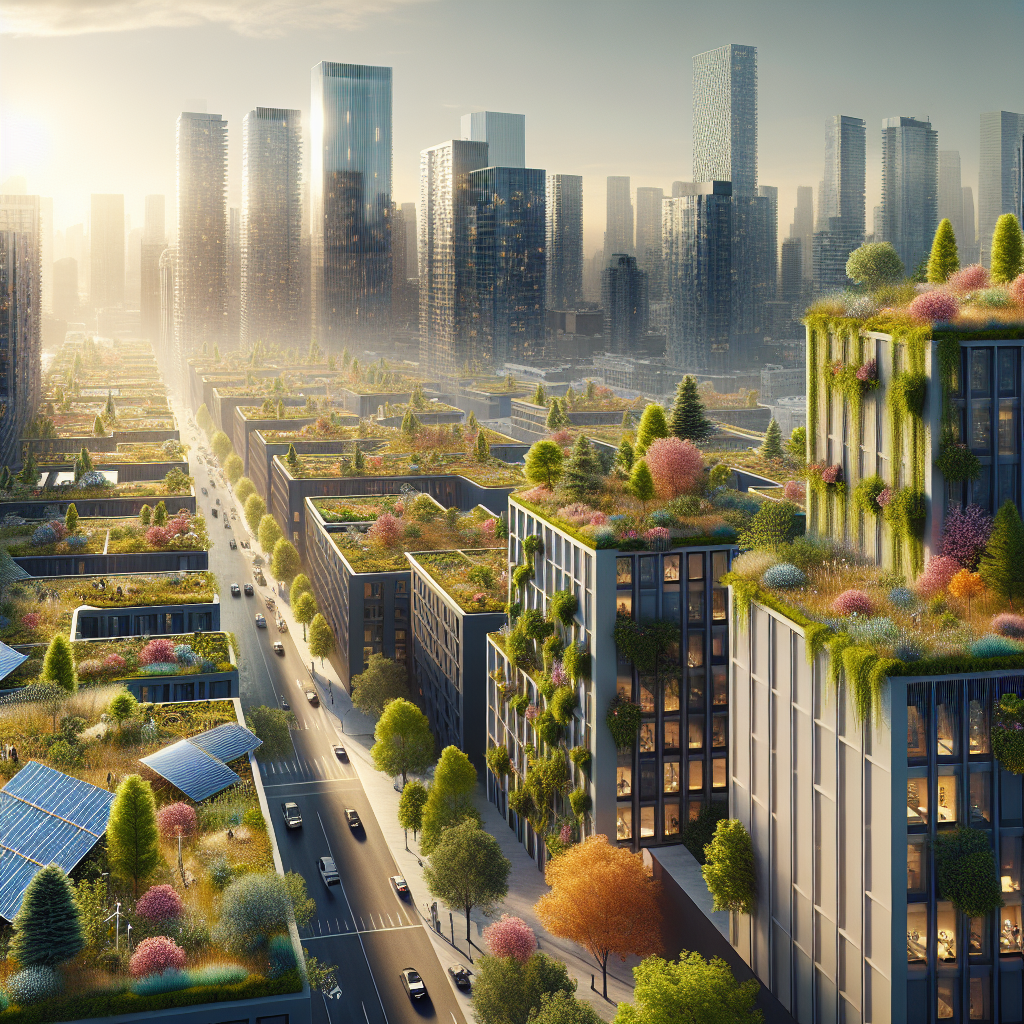Vertical Herb Gardens: Growing Fresh Flavors Indoors
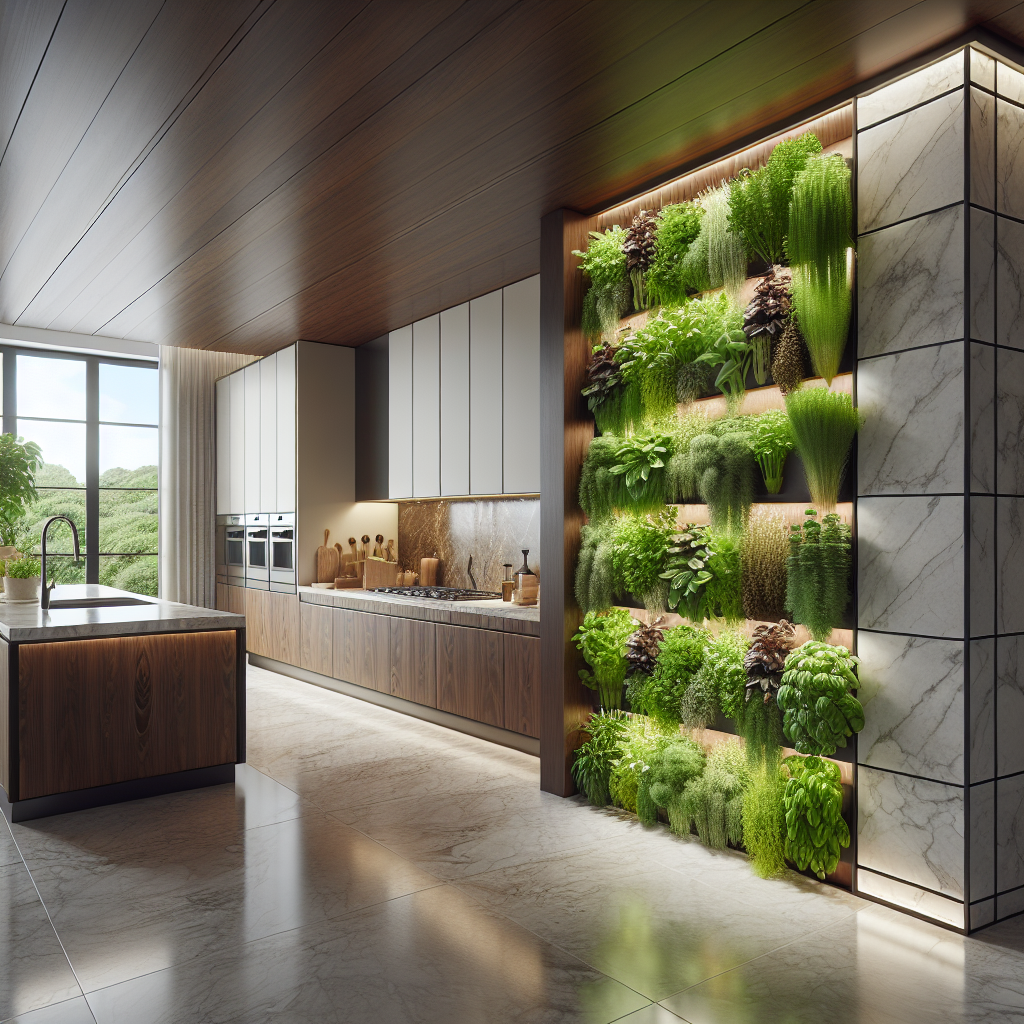
Vertical Herb Gardens: Growing Fresh Flavors Indoors
Once a niche curiosity in experimental interiors, vertical herb gardens have become a defining feature of contemporary living spaces. They embody the convergence of biophilic design, sustainable living, and culinary culture, while offering architects and interior designers a canvas for creativity. More than a functional amenity, these lush, green walls of basil, thyme, mint, and rosemary are increasingly regarded as sculptural installations that transform kitchens, dining areas, and even office lobbies into vibrant, aromatic environments. For design professionals, they represent both a technical challenge and an aesthetic opportunity: how to integrate nature seamlessly into the built environment without compromising elegance or efficiency.
The Rise of Indoor Vertical Gardens
The concept of cultivating plants vertically is not new. Ancient civilizations experimented with stacked planting systems, and the legendary Hanging Gardens of Babylon remain one of the most evocative examples of early vertical greenery. In today’s urbanized world, where space is scarce and lifestyles are fast-paced, vertical herb gardens offer a practical and poetic solution. They allow residents to grow fresh ingredients within arm’s reach, while simultaneously softening interiors with organic textures and hues.
Recent market research underscores this trend: the global indoor farming industry, valued at over $20 billion in 2023, is projected to grow steadily as urban populations demand healthier, more sustainable food sources. Within this context, indoor herb gardens—compact, design-forward, and user-friendly—are becoming staples in high-end residential and hospitality projects.
Design Meets Functionality
For architects and designers, the challenge lies in balancing aesthetic integration with horticultural needs. Herbs require adequate light, water, and airflow, yet they must also complement the spatial narrative of a room. In luxury apartments, vertical herb gardens often take the form of sleek modular panels, clad in brushed steel or matte ceramics, that double as living artworks. In boutique hotels, they are curated as immersive green walls, offering guests a multisensory experience of fragrance, texture, and taste.
Lighting is particularly critical. Designers are increasingly turning to full-spectrum LED systems, calibrated to mimic natural daylight, ensuring that herbs thrive even in windowless kitchens. These lighting solutions, when embedded into cabinetry or suspended as sculptural fixtures, blur the line between horticultural necessity and design statement.
Materiality and Innovation
The materials used in vertical herb gardens are as significant as the plants themselves. High-performance substrates such as hydroponic felt or modular ceramic tiles allow for efficient water distribution and root support. These innovations echo broader shifts in sustainable architecture, where material experimentation—from timber skyscrapers to biodegradable composites—has become a defining characteristic of forward-thinking design.
Some projects employ reclaimed wood frames or recycled aluminum grids, aligning with the principles of circular economy design. Others integrate smart irrigation systems that monitor soil moisture and nutrient levels, reflecting the influence of smart home technology on everyday living. The result is a synthesis of craft and innovation, where sustainability and sophistication coexist.
Biophilic Design and Well-Being
Vertical herb gardens are not merely decorative; they contribute to the psychological and physiological well-being of occupants. Studies on biophilic design have shown that exposure to greenery indoors reduces stress, enhances cognitive performance, and improves air quality. The tactile act of tending to herbs—snipping fresh basil for a pasta dish or inhaling the scent of rosemary—creates a daily ritual that reconnects residents with natural cycles, even in dense urban environments.
This aligns with the growing emphasis on biophilic interiors, where designers intentionally weave natural elements into spatial compositions. Vertical herb gardens, in this sense, are both pragmatic and symbolic: they embody a return to slower, more mindful living, while also addressing pressing concerns around sustainability and food security.
Case Studies: From Residential Kitchens to Public Spaces
In Milan, a recently completed penthouse project features a floor-to-ceiling herb wall integrated into the kitchen island. The installation, framed in dark walnut and illuminated by concealed LEDs, provides the homeowner with fresh oregano and thyme year-round, while serving as a dramatic focal point in the open-plan living space. The garden’s rhythmic pattern of green pockets contrasts with the clean geometry of the surrounding marble surfaces, creating a dialogue between nature and modernism.
Meanwhile, in Tokyo, a co-working hub has installed vertical herb gardens in its communal café. Employees are encouraged to harvest mint for tea or coriander for lunchtime salads, fostering a sense of community and shared ownership. Here, the garden is not only a design feature but also a social catalyst, blurring the boundaries between workspace and urban farm.
Hospitality brands are also embracing the trend. Boutique hotels in Paris and New York are integrating vertical herb gardens into dining spaces, allowing chefs to source hyper-local ingredients while offering guests a theatrical dining experience. The gardens become both stage and pantry, where the act of harvesting is part of the performance of gastronomy.
Urban Futures and Sustainability
Vertical herb gardens resonate with broader conversations about vertical farming and urban sustainability. While large-scale vertical farms aim to feed cities, smaller-scale herb gardens bring the same philosophy into private and semi-public interiors. They represent a microcosm of urban agriculture, where food production is decentralized, hyper-local, and intimately tied to daily life.
As cities continue to densify, the integration of greenery into interiors will become not just desirable but essential. Vertical herb gardens, with their compact footprint and dual role as both food source and design element, are poised to play a central role in this evolution. They are emblematic of a future where architecture, gastronomy, and ecology converge seamlessly.
The Aesthetic of Edibility
Perhaps the most compelling aspect of vertical herb gardens is their ability to merge culinary culture with design aesthetics. Unlike ornamental plants, herbs are inherently functional, carrying with them the promise of flavor and nourishment. This duality—beauty and utility—resonates deeply with contemporary design values, where objects and spaces are expected to perform multiple roles.
Imagine a dining room where a vertical garden of basil and parsley becomes a living tapestry, its scent subtly infusing the air. Or a minimalist loft where a grid of terracotta planters punctuates the starkness of concrete walls with vibrant greenery. These scenarios illustrate how vertical herb gardens can elevate interiors, not only visually but experientially.
Final Thoughts
For architects and designers, vertical herb gardens represent more than a passing trend. They are a sophisticated response to the challenges of urban living, embodying sustainability, wellness, and sensory richness. They invite us to rethink the role of food in design—not as an afterthought relegated to the kitchen, but as an integral part of spatial storytelling. As the boundaries between living, working, and dining continue to blur, these green installations will remain at the forefront of design innovation, offering a fresh, flavorful, and profoundly human dimension to interiors.
